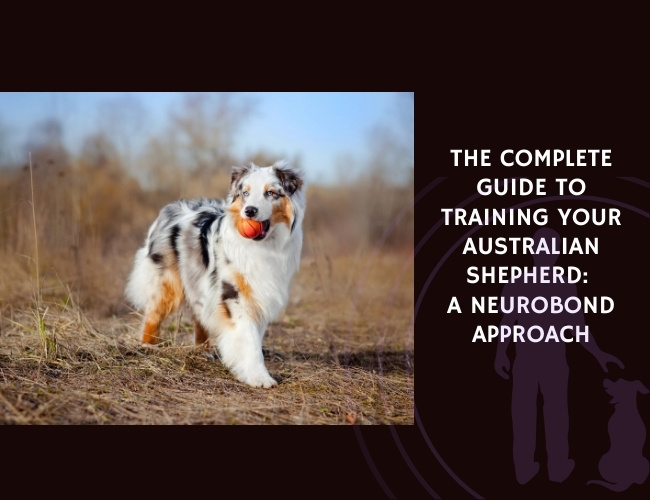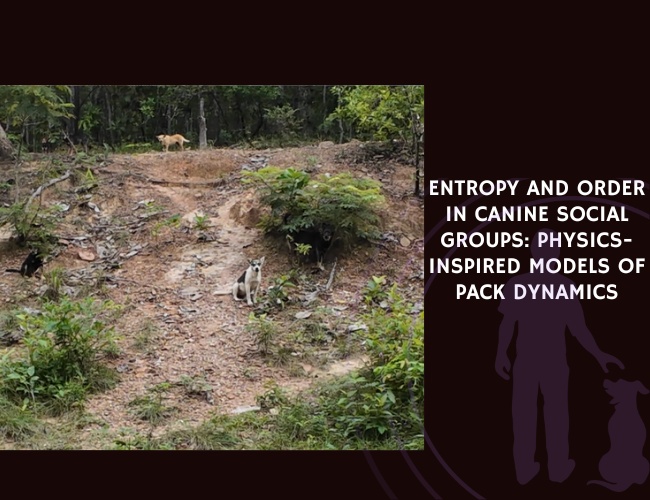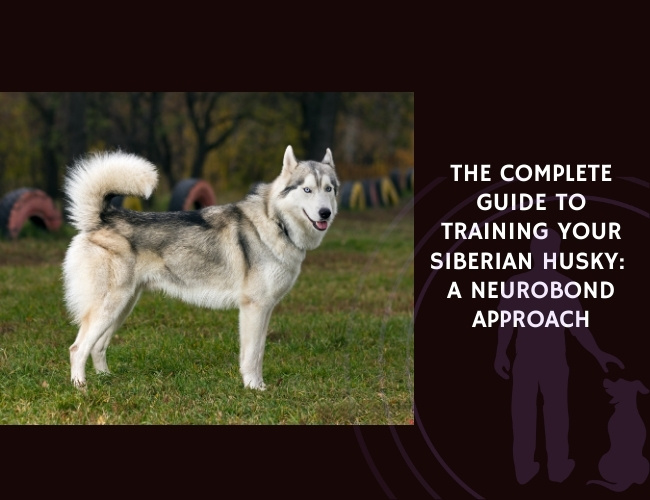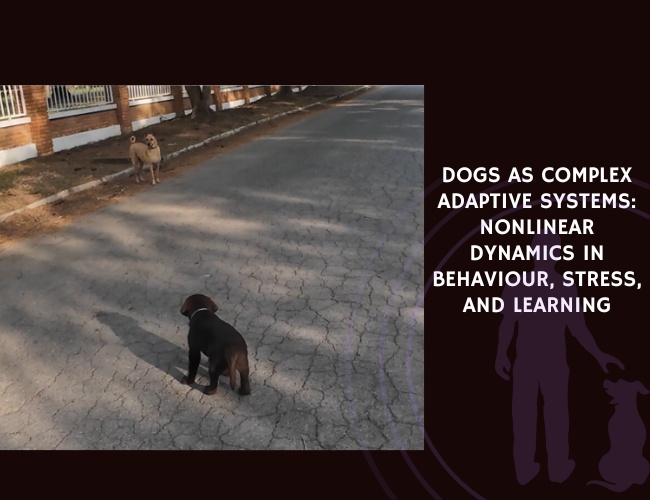Quick Facts about the Anatolian Shepherd Dog
- Origin: Turkey
- Weight: 40–70 kg
- Life expectancy: 11–13 years
- Coat Colour: Fawn, white, brindle, or pinto with black mask
- Breed Group: Working
The Anatolian Shepherd Dog is a powerful, independent livestock guardian with ancient roots. Bred for endurance and vigilance, this breed is loyal to its charges and formidable in its role as a protector.
Anatolian Shepherd Dog History
The Anatolian Shepherd Dog originates from the Anatolian Plateau of modern-day Turkey and is believed to descend from ancient Mesopotamian mastiff-type dogs. For thousands of years, these dogs have protected flocks of sheep and goats from wolves, bears, and human threats in rugged, remote environments.
Unlike herding dogs, Anatolians are guardians: they live with the flock, think independently, and act without direct human instruction. Their working style has remained remarkably unchanged due to the harsh conditions and demands of their native region.
The breed was introduced to the U.S. in the 1950s and is now used in both livestock protection and conservation efforts, particularly in predator deterrence programs.
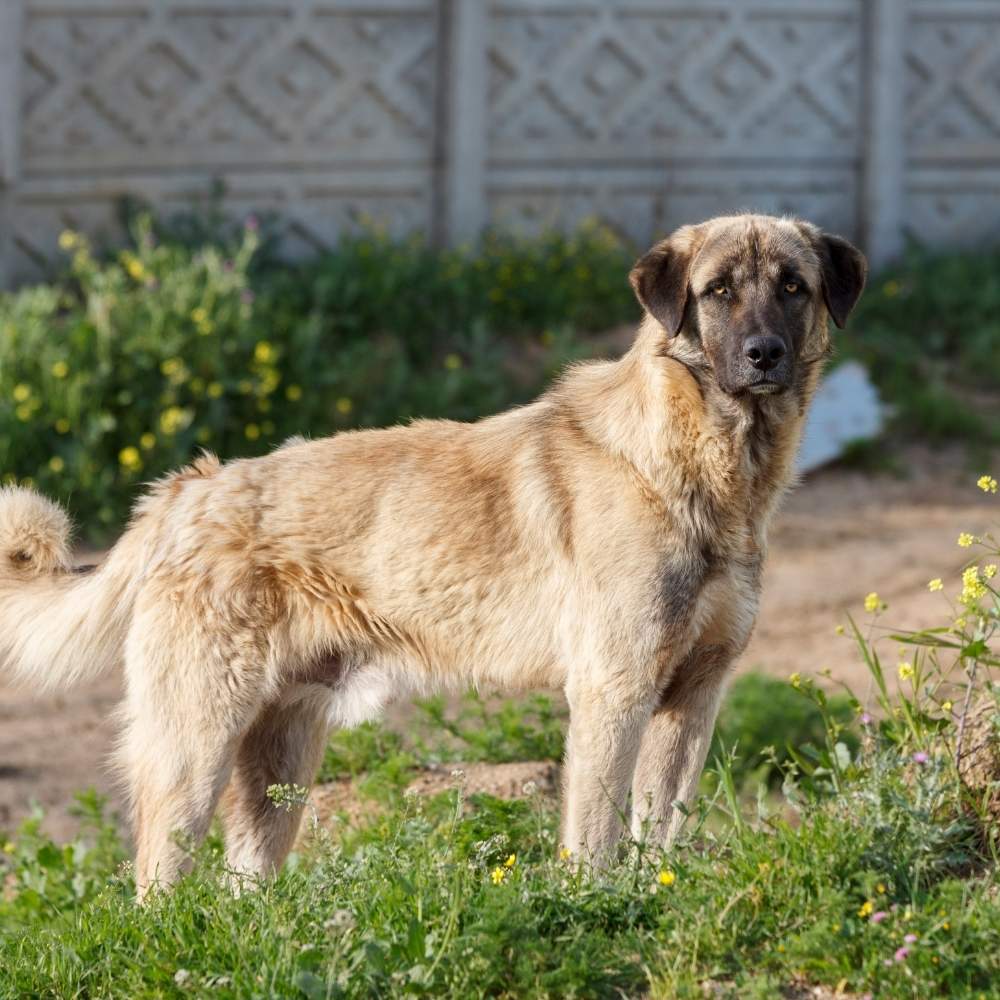
Anatolian Shepherd Dog Temperament
Anatolians are calm, confident, and deeply instinct-driven. They form strong bonds with their family or flock but are typically reserved with strangers. Their intelligence and independence make them capable of assessing threats and acting accordingly—sometimes without human input.
While not aggressive by nature, they are assertive and protective when necessary. This breed does not respond well to force-based training but thrives under calm, consistent guidance from experienced handlers.
Note: The Anatolian Shepherd is not a beginner’s dog. They require space, responsibility, and a handler who respects their instinctual decision-making.
Health and wellness
The Anatolian Shepherd is a large, athletic breed with a naturally lean frame. They do best in rural or farm environments with room to patrol and a purpose to fulfil. Their short to medium-length coat requires minimal grooming but sheds seasonally.
Despite their rugged background, they benefit from joint support and routine vet check-ups to detect conditions common in large, slow-developing breeds.
Significant problems:
Hip dysplasia
Elbow dysplasia
Entropion (eyelid disorder)
Bloat (gastric torsion)
Sensitivity to anaesthesia
Life expectancy: 11–13 years
🔍 Looking to go deeper into dog training?
Use these categories to explore targeted guides and articles on canine behavior, nutrition, obedience, entertainment, and more.


